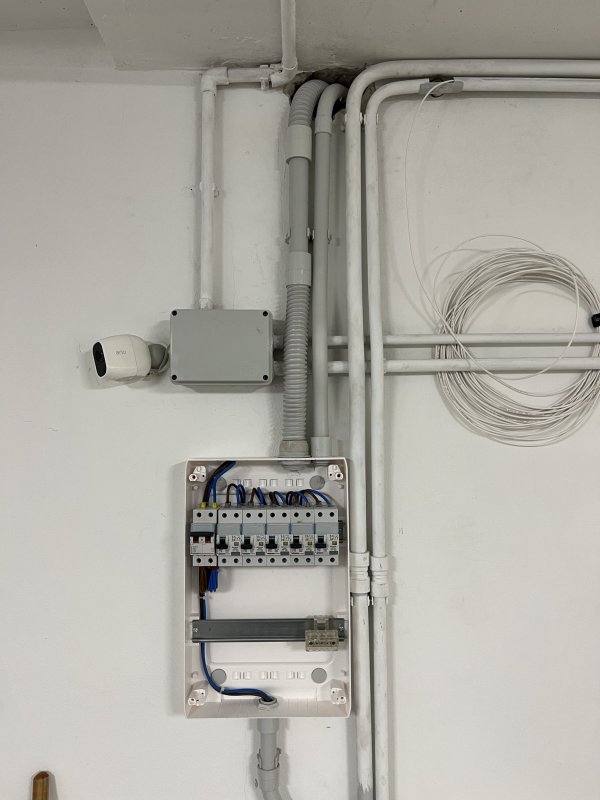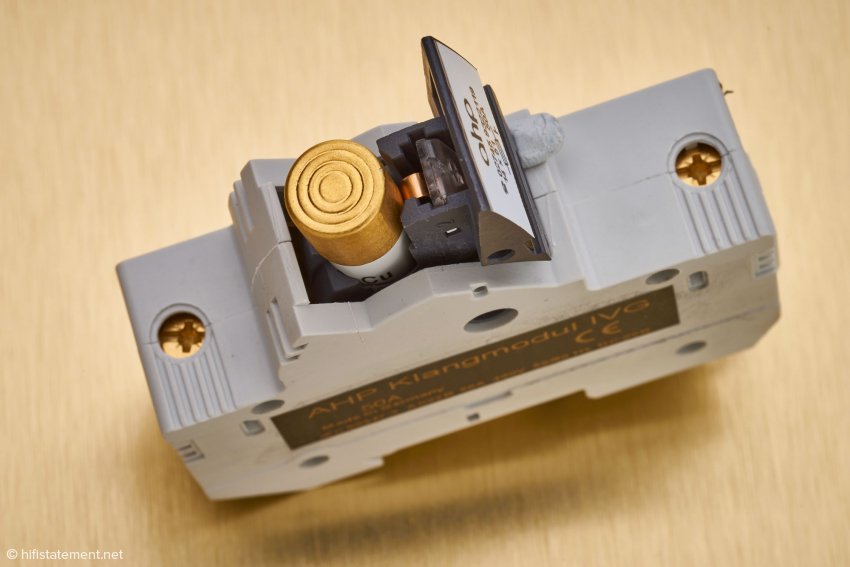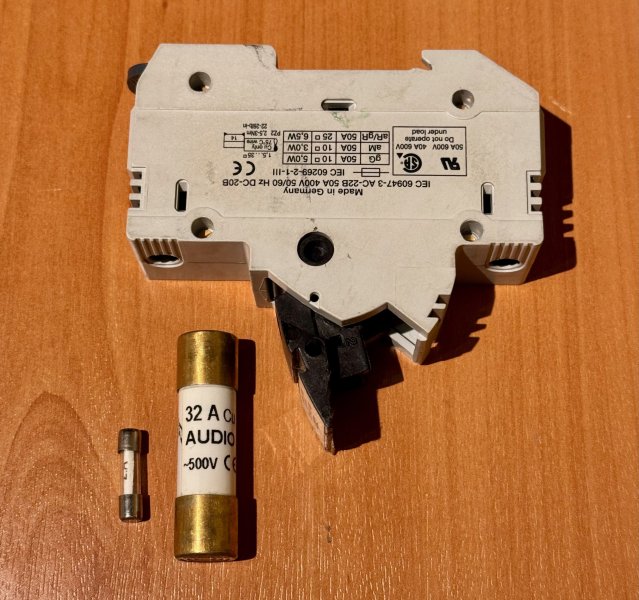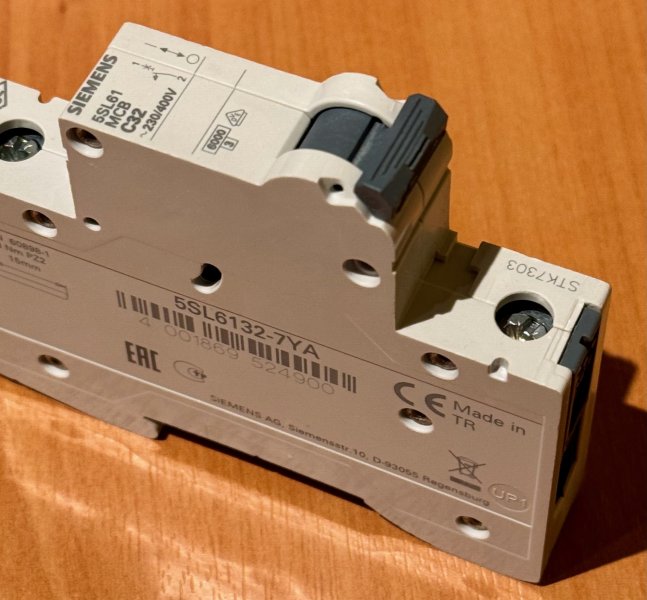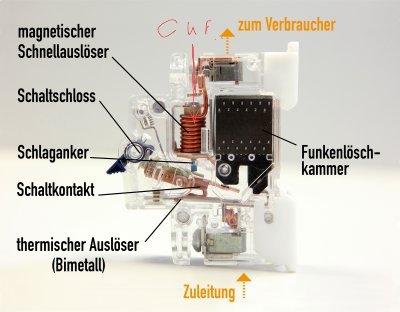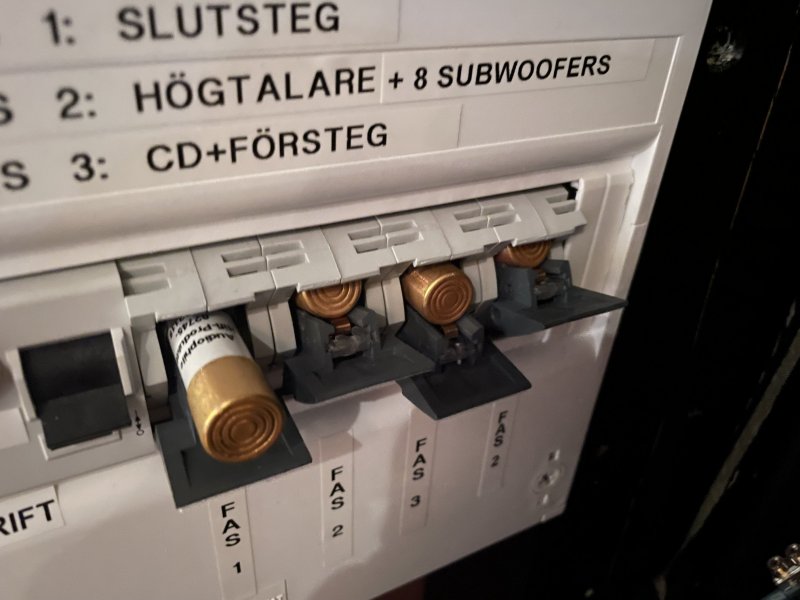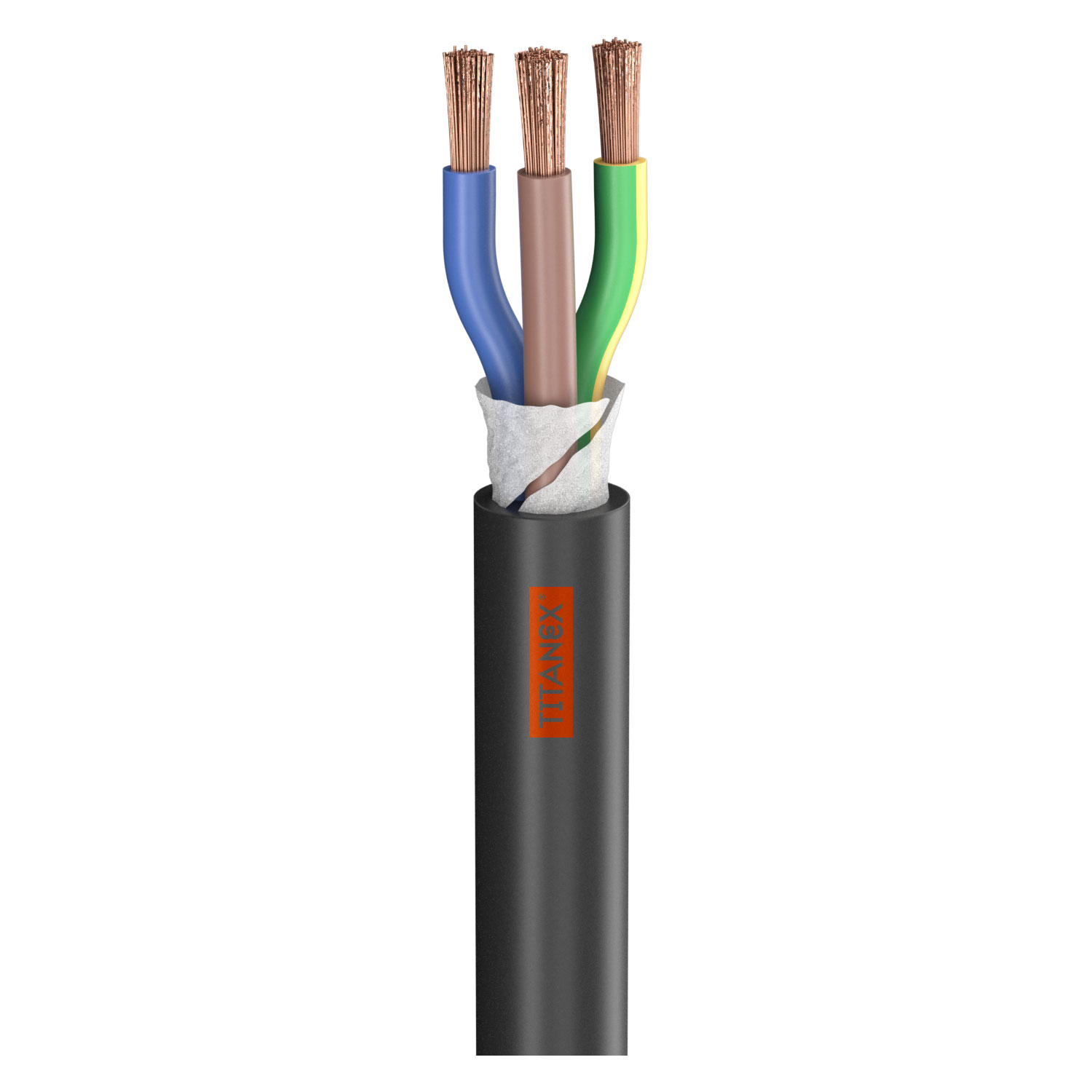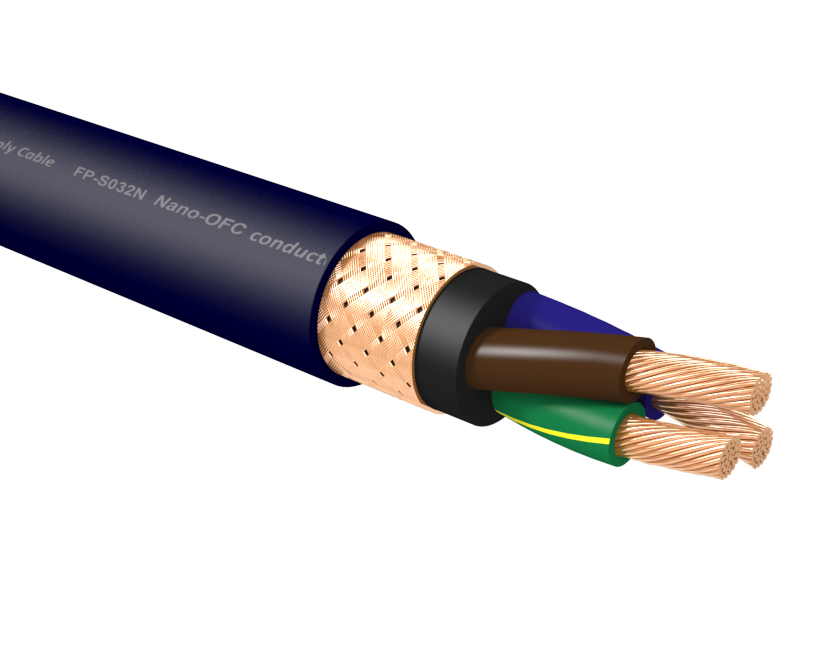2.5mm is 10 awg. At 230 volt similar to 8 awg I don't see anything to do outside trying to get solid pulled.
I might even entertain using 2.05 (12 awg) in a solid if they won't pull a 2.5 as solid. But now your venturing into a possible give and take.
I think anything you do with the wires in the pvc will be subtle.
If I had ,$$$ to burn, I'm harping here. A battery and 2000 watt Exeltech with a cord hardwired to the Exeltech and plugged into the Puritan feeding the front end would be very audible. More quiet, clean an expressive. I bet it would rock the Power Zone to MSB amp too.
But for sure it would lift the front end on a Puritan. Thats the only power mod I see. Otherwse your set up well.
I might even entertain using 2.05 (12 awg) in a solid if they won't pull a 2.5 as solid. But now your venturing into a possible give and take.
I think anything you do with the wires in the pvc will be subtle.
If I had ,$$$ to burn, I'm harping here. A battery and 2000 watt Exeltech with a cord hardwired to the Exeltech and plugged into the Puritan feeding the front end would be very audible. More quiet, clean an expressive. I bet it would rock the Power Zone to MSB amp too.
But for sure it would lift the front end on a Puritan. Thats the only power mod I see. Otherwse your set up well.







